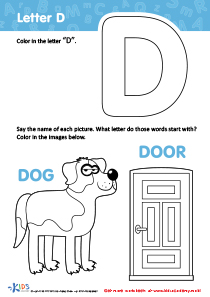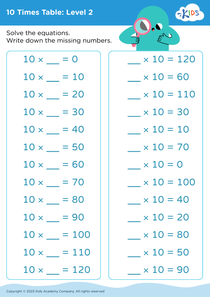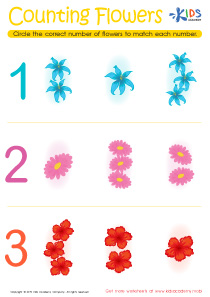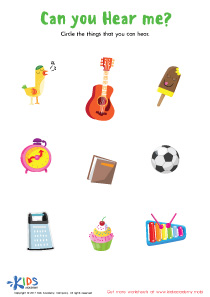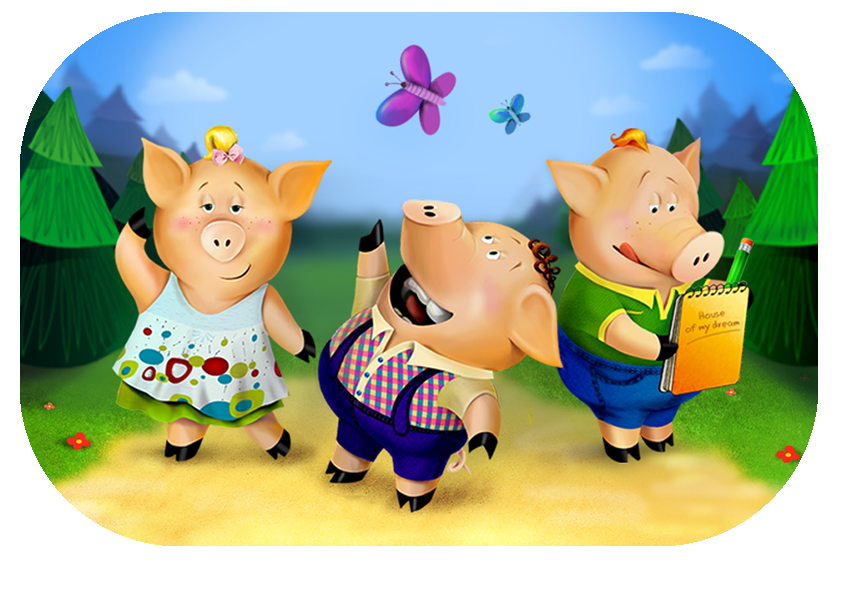English Language Arts Lessons | Discuss Stories Read Aloud for Ages 8-9
1 results
Delve into the enchanting world of "Discuss Stories Read Aloud for Ages 8-9," a captivating educational journey designed to ignite the imagination of young learners. This unique series combines the magic of storytelling with interactive worksheets, educational videos, and assessment quizzes, ensuring a comprehensive learning experience. Tailored specifically for children aged 8-9, our lessons enhance comprehension, critical thinking, and discussion skills, making literature an adventure to explore. Join us as we journey through tales that inspire, educate, and foster a lifelong love for reading. Perfect for young minds eager to discover the wonders of storytelling.
Unlocking the World of Words: The Impact of Discuss Stories Read Aloud for Ages 8-9
In the foundational years of a child's education, nurturing a love for reading and comprehension is crucial. As children navigate through ages 8 to 9, they stand at a pivotal juncture where their cognitive abilities, emotional understanding, and language skills undergo significant development. It is at this stage that "Discuss Stories Read Aloud for Ages 8-9" emerges not just as an educational tool, but as a catalyst for holistic growth.
Designed with meticulous care, this program brings stories to life, weaving a magical realm where words dance and characters leap off the page, engaging young minds in a way that traditional reading methods might not. But it’s not just about listening to stories; it's an immersive experience that involves interactive worksheets, educational videos, and assessment quizzes, all aimed at reinforcing the learning process.
The Power of Interactive Worksheets
At the heart of the Discuss Stories Read Aloud program are the interactive worksheets that accompany each story. These worksheets are not mere paper and pencil tasks; they are carefully crafted activities that encourage children to think critically about what they've heard. By answering questions, completing sentences, or drawing scenes from the story, children are not just recalling the narrative but are engaging in higher-order thinking. These worksheets serve as a bridge between passive listening and active understanding, helping children to analyze, predict, and infer - skills that are vital not only in language arts but across all subjects.
The Visual Appeal of Educational Videos
In an age where digital media is an integral part of children's lives, the inclusion of educational videos in the Discuss Stories Read Aloud program is both strategic and beneficial. These videos serve as visual aids that reinforce the themes, settings, and characters of the stories. For visual learners, these videos are particularly impactful, making abstract concepts tangible and complex narratives accessible. Moreover, these videos often introduce multicultural elements, broadening children's horizons and fostering a global perspective from a young age.
